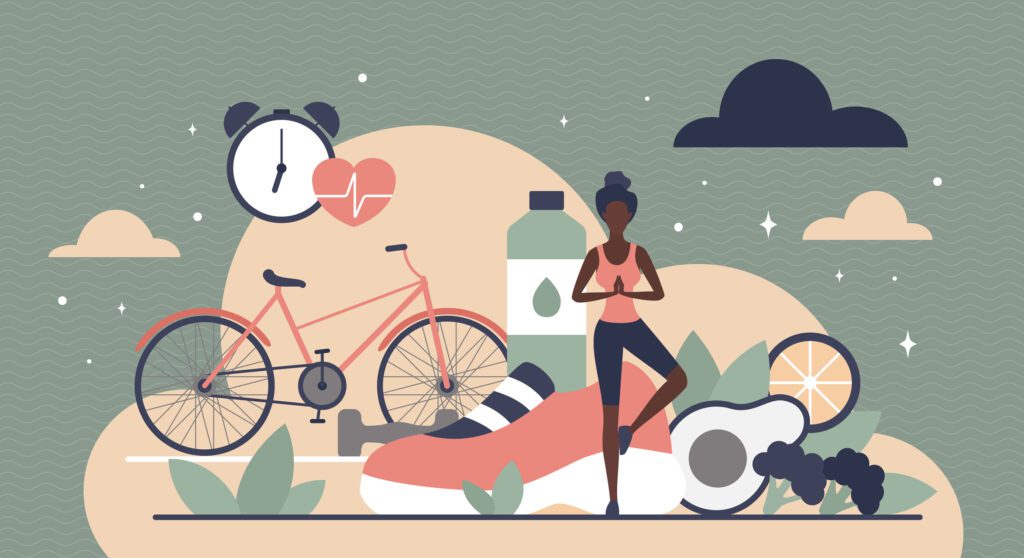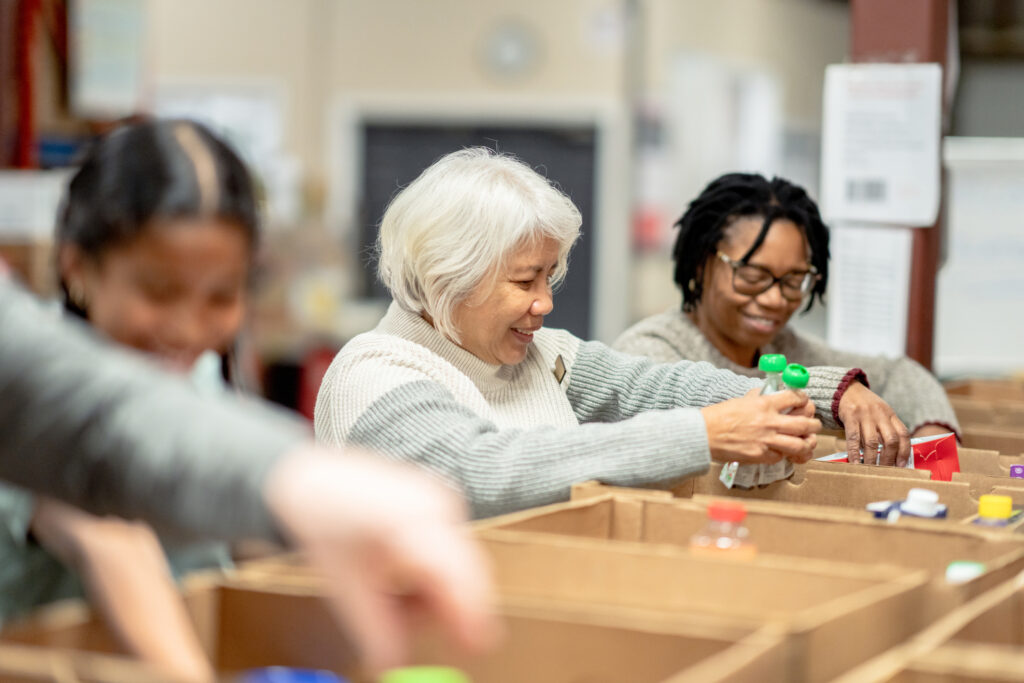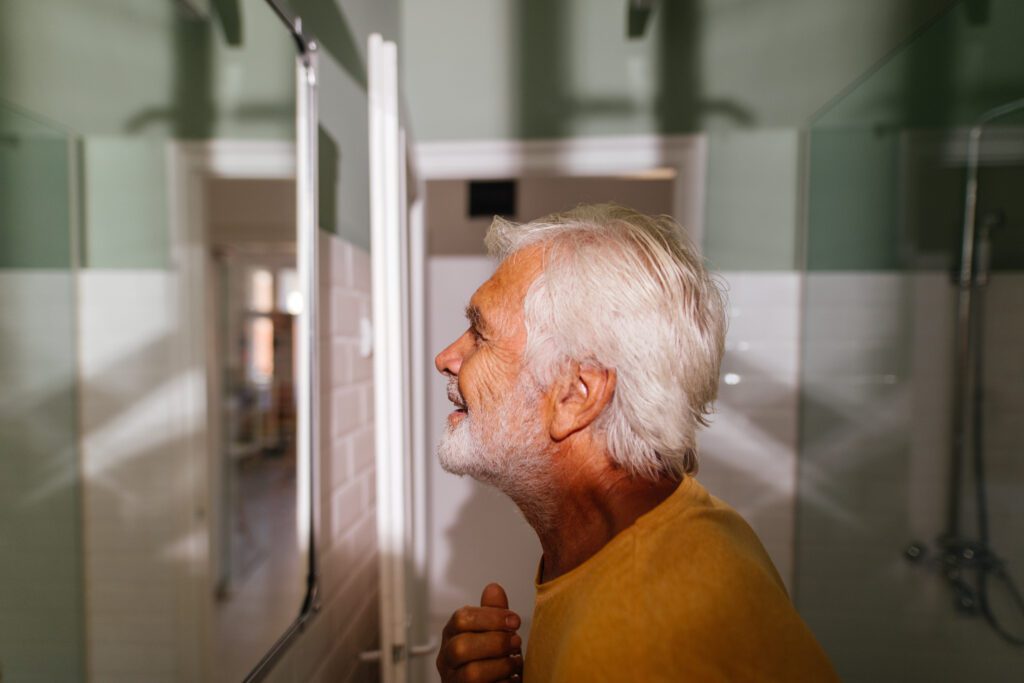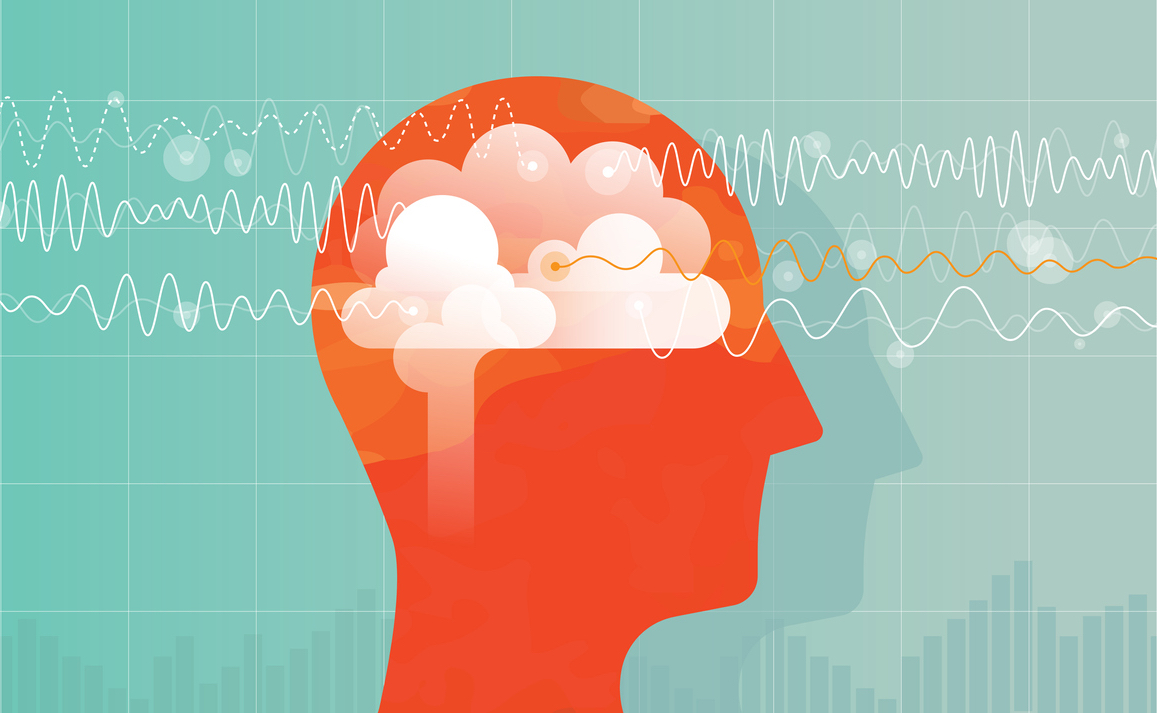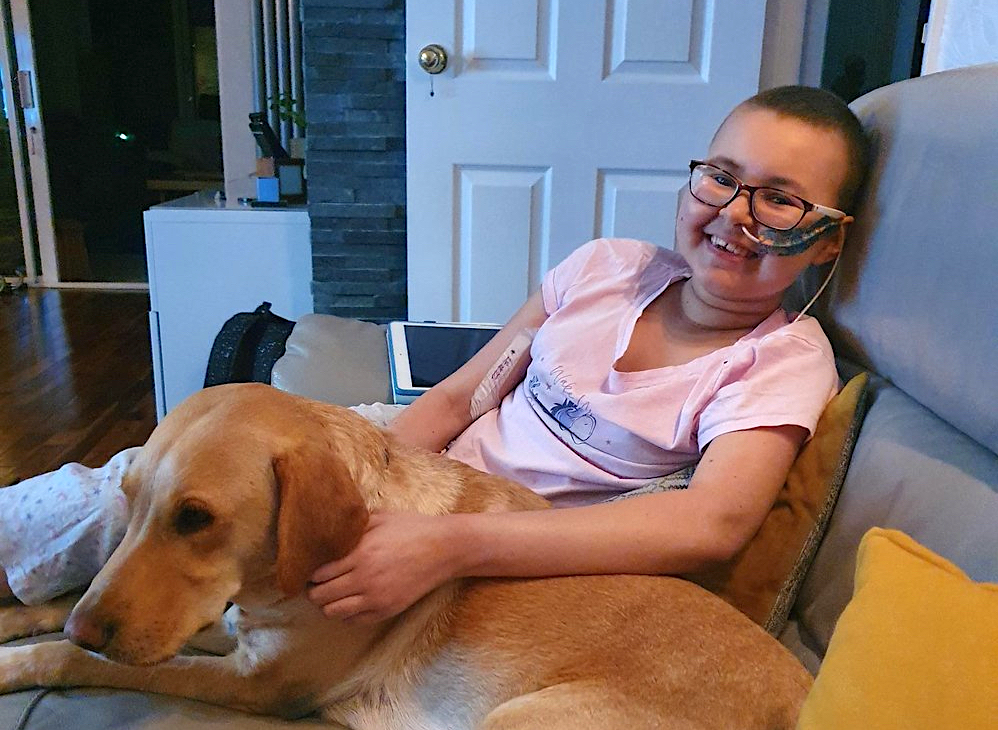We all hear a lot about the importance of wellness, and it’s a topic we love tackling here at Nice News — but what does it actually entail?
Occupational therapist and researcher Peggy Swarbrick defines wellness as “a conscious, deliberate process that requires being aware of and making choices for a more satisfying lifestyle.” It is marked not by the absence of illness or stress, but by the presence of elements like purpose in life, joyful relationships, and satisfying work and play.
Back in the 1990s, Swarbrick began developing a version of the “wellness wheel” model that many educational and health institutions rely on today. That model identifies eight interconnected dimensions of wellness: emotional, physical, intellectual, environmental, social, spiritual, financial, and occupational.
Keep reading for a breakdown of the eight dimensions and simple self-care practices that help address each one. Curious as to how you’re already faring in each dimension? Check out this free personal assessment from the University of Colorado Boulder.
Emotional

The emotional dimension “involves the ability to express feelings, enjoy life, adjust to emotional challenges, and cope with stress and traumatic life experiences,” per Swarbrick.
That skill of adjusting to emotional challenges, also known as emotional resilience, isn’t something you either have or don’t have from birth — it can be developed at any age. It’s also a great example of how interconnected the eight wellness dimensions are. People who are sleeping well and stressing less (see the physical dimension, next up) are going to be able to respond better to emotional hardships when they arise.
Learn more about emotional resilience and get tips on building it from the National Institutes of Health, here.
Self-Care Practices
-Mindfulness meditation: There are tons of free videos and apps that make mindfulness accessible.
-Jot down how you’re feeling first thing in the morning or right before you go to bed to get better at connecting with and expressing yourself. Not a fan of writing? Try voice journaling.
-Listen to an audiobook of your favorite story or novel from when you were a kid. This one is just a great way to feel warm and cozy and reconnect with your inner child (and it’s perfect to pair with a bubble bath). LibriVox is a free website with thousands of public domain audiobooks to stream or download.
Physical


This is often the realm that gets the most attention in the wellness arena, and for good reason: It can be difficult to address other aspects of life if you’re not feeling your best physically. It’s important to move your body, eat nutritious foods, minimize harmful habits like smoking, and keep up with preventative health care measures.
Self-Care Practices
-Develop a nighttime routine. Good habits are key when it comes to overall wellness — and creating a nightly ritual before bed can help you lock in those seven to nine hours of slumber every evening. Here are 23 tips to get started.
-Give “cozy cardio” a try (think: working out in pajamas).
-Sitting a lot? Start adding short bursts of activity to your day.
Intellectual


It should come as no surprise that keeping our brains sharp is part of cultivating overall wellness. Lifelong learning is tied to decreased cognitive decline and increased memory, according to the University of Cincinnati.
This dimension involves expanding your knowledge as well as sharing it with others — and in another example of how the dimensions interconnect, a wonderful way to make new friends (see: social dimension) is by taking classes.
Self-Care Practices
–Discover an educational podcast.
-Check out these brain exercises to help improve memory, cognition, and creativity.
-Pick up a new hobby: Try one of these 31 suggestions.
Environmental

Ingrid Fetell Lee, author of Joyful: The Surprising Power of Ordinary Things to Create Extraordinary Happiness, could likely wax rhapsodic about the role our environments play in our overall wellness, and studies have shown that the settings we spend time in influence our moods.
Swarbrick defines environmental wellness as feeling physically safe, living in safe and clean surroundings, and having access to clean air, food, and water. It applies to both our “micro-environments,” like our homes and offices, as well as “macro-environments” — our cities, states, countries, and the planet we all live on.
Self-Care Practices
-Tidy up: Scrubbing your tub may not feel like self-care, but a clean house is associated with improved mental health. Here’s a 20-minute cleaning checklist.
–Have houseplants? Touch base with them. Do they need misting? New soil? Not only does tending to your plants help keep your home beautiful, but spending time with greenery is good for you.
-Pick up litter around your neighborhood (and get some fresh air while you’re at it).
Social

Social wellness, as defined by the eight dimensions model, “involves having relationships with friends, family, and the community, and having an interest in and concern for the needs of others and humankind.”
Staying connected with others can be difficult as we get older, particularly amid the hubbub of daily life. Thankfully, the internet has made it a lot easier to reach out to both old friends and family and make new friends. You can also check in with your local community or parks and recreation centers to see if there are events and activities to attend.
Self-Care Practices
-Write a longhand letter to a family member in another state or country, or find a new pen pal to start exchanging snail mail with.
-Video call a friend: Texting and liking each other’s posts on social media are great for keeping in touch, but sometimes you just need to see someone’s face.
Spiritual

The spiritual realm of the eight dimensions model is all about finding balance, purpose, and peace. That may be through belonging to a religious community, participating in cultural traditions, or simply engaging with the natural world. It also lends itself very well to interconnection with the other dimensions: Volunteering, for example, is a great way to find purpose while also contributing to your social and occupational wellness.
Self-Care Practices
–Create a mantra for yourself to repeat when times are tough. This writer is partial to author Glennon Doyle’s famous motto (and the name of her podcast), “We can do hard things.”
-Connect with nature in whatever way you can — maybe it’s going skiing or maybe it’s just sitting by a window and reading a book. Tip: Get a fresh sense of perspective by checking out the views on a high elevation hike or rooftop restaurant.
Financial
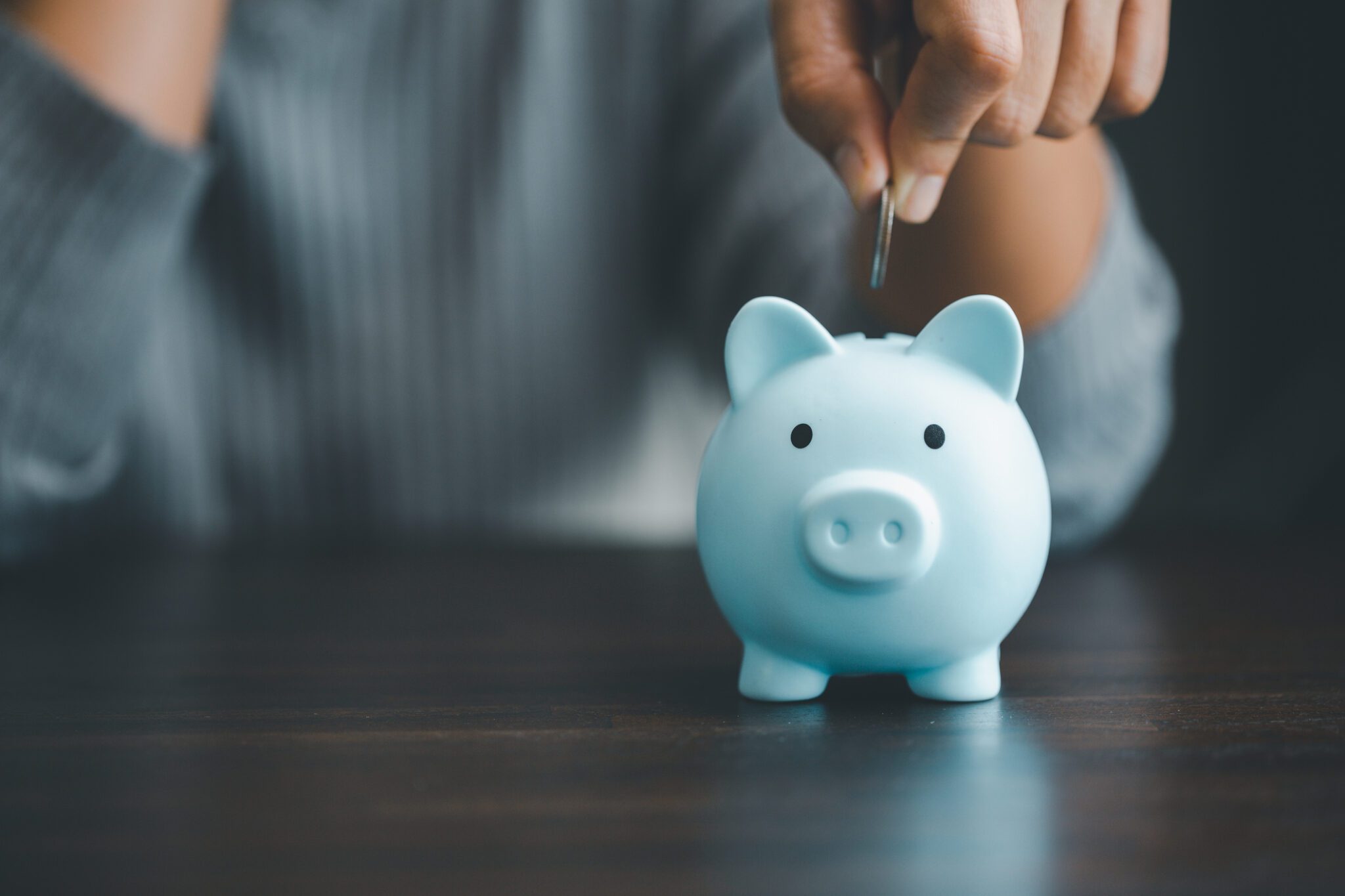

Though our finances may not always seem like something we can control completely — particularly amid recent high interest rates and inflation — a sense of financial agency and security is important to wellness. There are many free budgeting tools available that can help with the elements of our finances we can exert more control over, like spending and saving.
Self-Care Practices
–Do the 100 envelope challenge.
-Set your financial intentions by identifying and prioritizing your goals.
-Donate: Feeling like you have that agency over your finances can also be achieved by giving back and sharing with those who are less fortunate.
Occupational
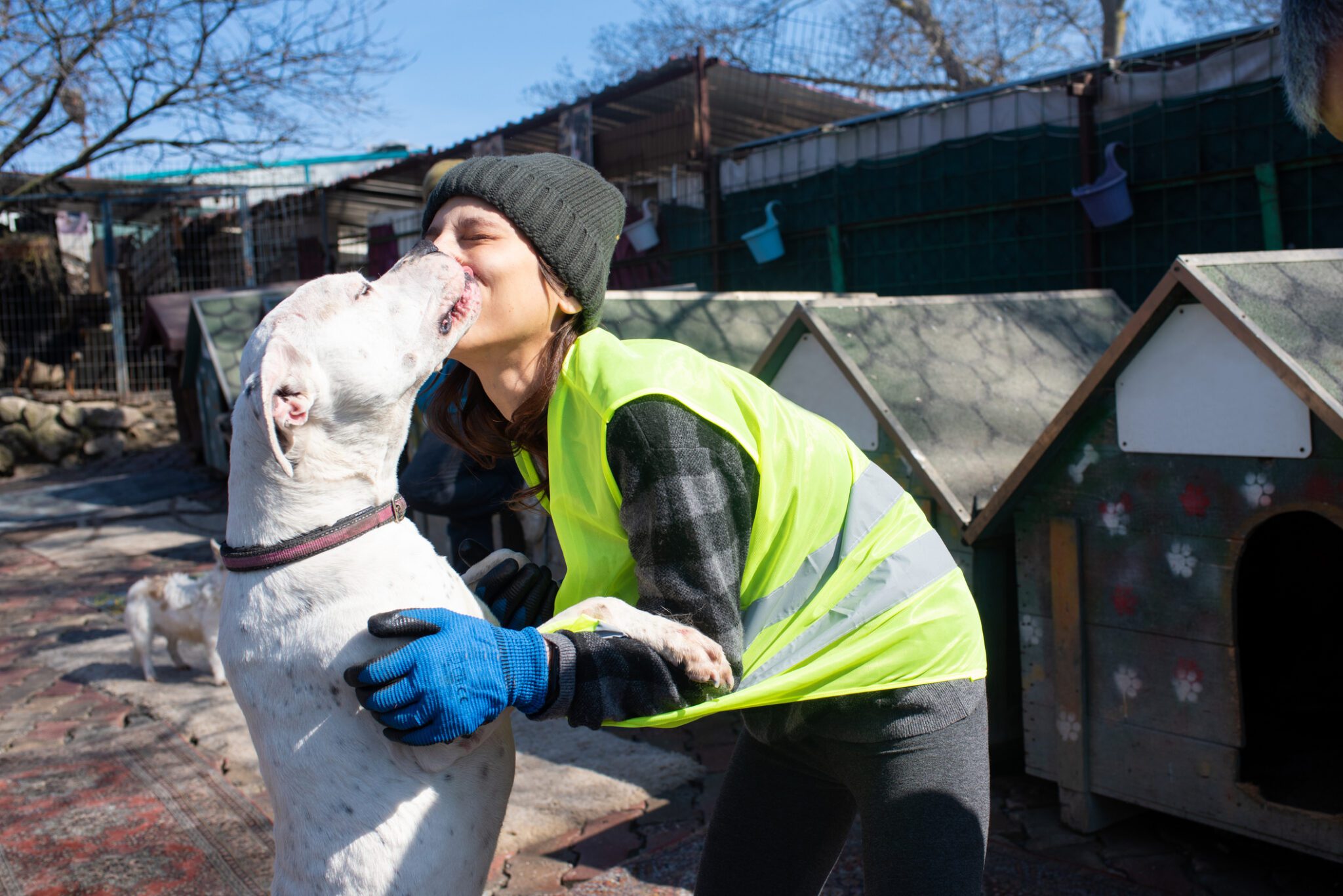

Contrary to its name, the occupational dimension is not solely concerned with career. Rather, it refers to occupying your time with meaningful activities, whether that’s employment, volunteer work, or playing a role in helping care for loved ones.
Self-Care Practices
–Find a volunteer opportunity that you can take part in weekly.
-Declutter your desk (or, if you’re feeling more ambitious, your laptop).
-Cook a meal for people in need in your community.
